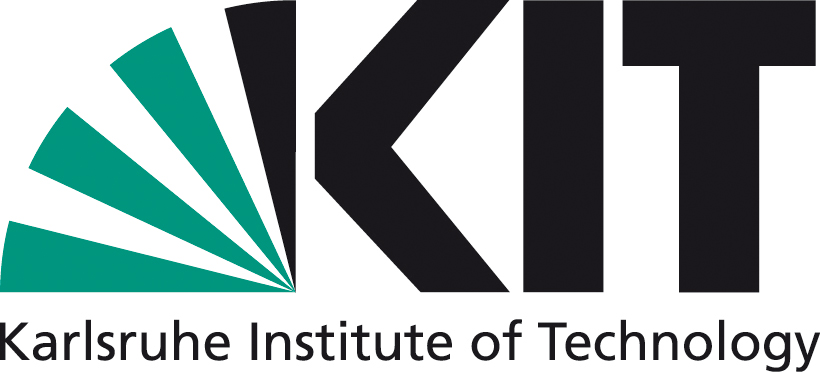Buzzing in the City and the Internet of Things
Transformational potentials of urban apiculture from a social anthropological perspective
DOI:
https://doi.org/10.14512/tatup.30.1.50Keywords:
urban agriculture, urban beekeeping, smart beehives, beekeeping data, ethnographic researchAbstract
Using ethnographic methods and data, this paper explores the transformational potential of urban beekeeping for climate-neutral and intelligent cities, e.g., in terms of low-emission urban food production or pollination services for urban biodiversity. As a result, the current trend of beekeeping in urban areas shows a combination of social innovations (community beekeeping) and technological innovations (agro-informatics techniques and Internet of Things applications). Both innovations are in tension between ecological motivations on the one hand and agro-industrial orientations of digital technologies for beekeepers on the other hand. The results show that the transformation potential of urban beekeeping lies in particular in the networking of beekeeping data and in the integration of nature conservation-related data through information and communication technologies.References
Bornemann, Basil; Weiland, Sabine (2019): Empowering people-democratising the food system? Exploring the democratic potential of food-related empowerment forms. In: Politics and Governance 7 (4), S. 105–118.
DIB – Deutscher Imkerbund e. V. (2020a): Jahresbericht 2019. Online verfügbar unter https://deutscherimkerbund.de/userfiles/DIB_Pressedienst/Jahresbericht_2019.pdf, zuletzt geprüft am 23. 11. 2020.
DIB (2020b): DIB Aus- und Fortbildung. Frauen in der Imkerei. Online verfügbar unter https://deutscherimkerbund.de/176-DIB_Nachwuchsfoerderung_Frauen_in_der_Imkerei, zuletzt geprüft am 07. 12. 2020.
Dineva, Kristina; Atanasova, Tatjana (2017): Computer system using internet of things for monitoring of bee hives. In: Proceedings of 17th international multidisciplinary scientific GeoConference SGEM. Sofia, Bulgaria, 27.–29. 11. 2017, pp. 169–176.
Dzierzon, Johann (1855): Neue verbesserte Bienenzucht des Pfarrers Dzierzon. Brieg: C. Schwartz.
Epstein, Katharina (2019): Einleitung. In: Katharina Epstein (Hg.): De partibus animalium. Aristoteles. Darmstadt: Wissenschaftliche Buchgesellschaft.
Fenske, Michaela (2017): Narrating the swarm. Changing metanarratives in times of crisis. In: Narrative Culture 4 (2), S. 130–152.
Fenske, Michaela (2019): Retten und gerettet werden. Europäische Honigbienen und Menschen im urbanen Resonanzraum. In: Siegfried Becker und Sonja Windmüller (Hg:): Hessische Blätter für Volks- und Kulturforschung 52, S. 93–107.
Heyer, Marlis (2018): Von Menschenkindern und Honigbienen. Multispecies-Perspektiven auf Begegnungen am Bienenstand. Würzburg: Universität Würzburg.
Lecocq, Antoine; Kryger, Per; Vejsnæs, Flemming; Bruun Jensen, Annette (2015): Weight watching and the effect of landscape on honeybee colony productivity. Investigating the value of colony weight monitoring for the beekeeping industry. In: Plos One 10 (7), S. e0132473.
Lorenz, Stephan; Stark, Kerstin (2015): Die summende Stadt. Zum Stadtimkereitrend in Berlin. In: Stephan Lorenz und Kerstin Stark (Hg.): Menschen und Bienen. Ein nachhaltiges Miteinander in Gefahr. München: Oekom, S. 217–228.
Moore, Lisa; Kosut, Mary (2014): Among the colony. Ethnographic fieldwork, urban bees and intra-species mindfulness. In: Ethnography 15 (4), S. 516–539.
Müller, Christa (Hg.) (2011): Urban Gardening. Über die Rückkehr der Gärten in die Stadt. München: Oekom.
Peters, Kathryn (2012): Keeping bees in the city. Disappearing bees and the explosion of urban agriculture inspire urbanites to keep honeybees. Why city leaders should care and what they should do about it. In: Drake Journal of Agricultural Law 17 (3), S. 597–644.
Sulzner, Raffaela (2016): Von den guten Bienen. Mensch-Tier-Begegnungen in der urbanen Imkerei Wiens. In: Lukasz Nieradzik und Brigitta Schmidt-Lauber (Hg): Tiere nutzen. Ökonomien tierischer Produktion in der Moderne. Innsbruck: StudienVerlag, S. 183–194.
von der Ohe, Werner; Lüken, Dorothee; Suckrau, Iris; Bartz, Torsten; Gunter, Jan (2017): Bienenvölker im Umweltmonitoring. Stadt/Land-Vergleich zu Rückständen in Bienenprodukten. Leipziger Blaue Hefte 9 (3), S. 345–347.
Zabasta, Anatolijs; Kunicina, Nadezda; Kondratjevs, Kaspars; Ribickis, Leonids (2019): IoT approach application for development of autonomous beekeeping system. In: Proceedings of International Conference in Engineering Applications (ICEA), Sao Miguel, Portugal, 08.–11. 07. 2019, S. 1–6.
Zacepins, Aleksejs; Kviesis, Armands; Ahrendt, Peter; Richter, Uwe; Tekin, Saban; Durgun, Mahmut (2016): Beekeeping in the future. Smart apiary management. In: Proceedings of 17th International Carpathian Control Conference (ICCC), Tatranská Lomnica, Slowakei, 29. 05. 2016, S. 808–812.
Zezza, Alberto; Tasciotti, Luca (2010): Urban agriculture, poverty, and food security. Empirical evidence from a sample of developing countries. In: Food Policy 35 (4), S. 265–273.
Downloads
Published
How to Cite
Issue
Section
License
Copyright (c) 2021 Marie-Helene Wichmann

This work is licensed under a Creative Commons Attribution 4.0 International License.








